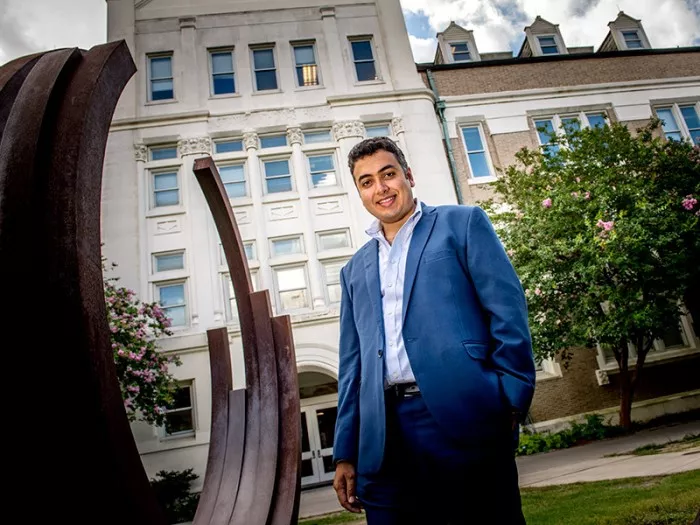The school of science and engineering of Tulane University has created a new two-dimensional material series with good application prospects, including advanced electronic products and high-capacity batteries. The research was led by Michael Naguib, assistant professor of physics and Engineering Physics. The research results were published in the journal advanced materials.

"Two dimensional materials are nanomaterials with a thickness of nanometers (one nanometer is one millionth of a millimeter) and a transverse dimension thousands of times the thickness. Their planarity provides a unique set of properties compared to bulk materials," Naguib said
The new two-dimensional material series is called transition metal hydrocarbons, or TMCC. It combines the characteristics of two series of two-dimensional materials - transition metal carbides and transition metal bicarbides. The latter is an extensive family of materials, which has been deeply studied and proved to be very promising, especially in electrochemical energy storage and conversion. However, one of the difficulties in using them is their poor conductivity and stability.

Ken & Michael Naguib, Ruth Arnold's early professional professor of science and engineering, is an expert in two-dimensional materials and electrochemical energy storage.
On the other hand, transition metal carbides are excellent electrical conductors with stronger conductivity. It is expected that the combination of these two series into one series has great potential in many applications, such as batteries and supercapacitors, catalysis, sensors and electronics.
"Instead of stacking these two different materials with many problematic interfaces like Lego blocks, we have developed a new two-dimensional material here, which has a combination of two components without any interface," said Ahmad majed, the first author of the article and a doctoral student in material physics and engineering at Tulane University who works in the Naguib group, Lithium ions were inserted between the layers of large transition metal carbides and stirred in water. Different from other peculiar nano materials, the process of manufacturing these two-dimensional TMCC nano materials is simple and scalable. "
In addition to Naguib and majed, the team also includes Jiang Wei, associate professor of physics and Engineering Physics; Jianwei sun, assistant professor of physics and Engineering Physics; Kaitlyn prenger, Manish kothakonda and Fei Wang, PhD students from Tulane University; And Dr. Eric n. Tseng and Professor per O.A. Persson from the University of linxueping, Sweden.
The research was supported by Najib's National Science Foundation career award less than a year ago.